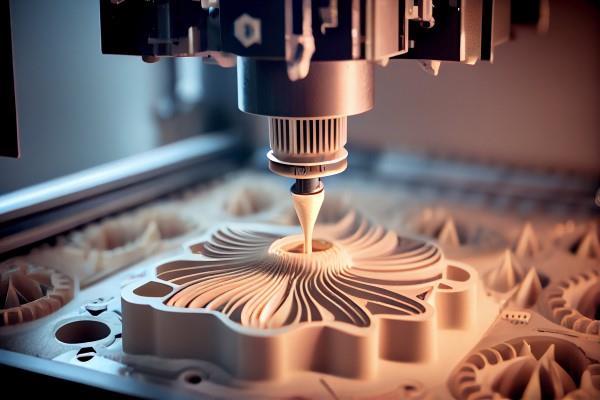

The Influence of 3D Printing on Minimizing Waste within Seattle's Manufacturing Industry
In an era where the call for environmental sustainability grows louder by the day, industries across the globe are exploring innovative methods to reduce their environmental impact. Among the myriad of technologies emerging to meet this challenge, 3D printing presents a particularly promising avenue in the realm of manufacturing. This document explores the transformative impact of 3D printing on manufacturing practices in Seattle, showcasing how local businesses and communities are leveraging this technology to significantly reduce waste and pave the way for a more sustainable future.
Seattle's 3D Printing Ecosystem
The growth of the 3D printing ecosystem in Seattle has been supported by a vibrant community of startups, established corporations, research institutions, and collaborative spaces. These entities are not only advancing the technology itself but are also pioneering its application across various sectors, including aerospace, healthcare, and consumer goods. By leveraging 3D printing services, companies based in Seattle can manufacture intricate components and goods using less material, lower energy consumption, and decreased greenhouse gas emissions. This ecosystem of 3D printing services is a testament to Seattle's commitment to innovation and sustainability, guaranteeing the city stays at the forefront of manufacturing technology while fostering a commitment to environmental care.

3D Printing is Reducing Waste in Seattle's Manufacturing Sector
In Seattle's manufacturing sector, a city renowned for its technological innovation and commitment to sustainability, 3D printing is emerging as a pivotal force in waste reduction efforts. This transformative technology, also known as additive manufacturing, is redefining traditional production processes by minimizing material waste and optimizing resource efficiency. The contribution of 3D printing to waste reduction in Seattle's manufacturing landscape is multifaceted, encompassing everything from material usage to the lifecycle of products.
1. Enhancing Material Efficiency
A key method by which 3D printing aids in waste minimization is through its inherently efficient material utilization. Unlike traditional manufacturing methods, which often involve cutting away large portions of material to shape a final product, 3D printing builds objects layer by layer, using only the amount of material necessary to create the part. This method considerably lowers the amount of waste produced during manufacturing, since there's hardly any surplus material to throw away.
Photo Credit: Freepik2. Encouraging the Use of Recycled Materials
The sustainability efforts of the Seattle 3D printing sector extend beyond just efficient material use. Many Seattle-based companies and startups are pioneering the use of recycled materials for 3D printing. By transforming discarded plastics and other materials into 3D printing filaments and resins, these innovators are not only reducing the need for new raw materials but also diverting waste from landfills. This strategy highlights the city's dedication to a circular economy, where materials are maximally reused and repurposed.
3. Customization Reduces Overproduction
3D printing's capacity for customization is another way it contributes to waste reduction. Traditional manufacturing methods often require large production runs to be cost-effective, leading to overproduction and potential waste. However, 3D printing allows for the economical production of small batches, tailored to specific demands. This ability to produce on-demand reduces the risk of surplus inventory that may eventually become waste, ensuring that only needed items are manufactured.
4. Streamlining the Supply Chain
The adoption of 3D printing by Seattle's manufacturers also streamlines the supply chain, reducing the waste associated with transportation and storage. By enabling local production, 3D printing diminishes the need for long-distance transportation of goods, cutting down on emissions and the packaging waste typical of shipping. Furthermore, the technology's capacity for producing parts on-site and on-demand can significantly lower the amount of inventory that companies need to keep on hand, further reducing the resource footprint of storage and logistics.
In conclusion, the influence of 3D printing on minimizing waste within Seattle's manufacturing industry is both deep and complex. Through its efficient use of materials, encouragement of recycled materials, customization capabilities, and streamlining of the supply chain, 3D printing is setting a new standard for sustainable manufacturing practices. Seattle's adoption of this technology not only highlights the city's commitment to innovation and environmental stewardship but also serves as a beacon for other cities and industries to follow. As we move towards a future where sustainability is increasingly paramount, 3D printing emerges as a key player in the global effort to minimize ecological footprints and foster a more sustainable world.
